For deep sky stacking, RAW files are your essential starting point, preserving the full 12-14 bit dynamic range and critical details. After stacking, save your results as 32-bit TIFF or FITS files to maintain quality during post-processing. Avoid JPEGs entirely as their lossy compression permanently destroys astronomical data. FITS offers additional benefits with extensive metadata storage and professional-grade precision. The right file format choices throughout your workflow can dramatically improve your final images.
12 Second-Level Headings for “Best File Formats For Deep Sky Stacking”

When capturing deep sky images, the format you choose will greatly impact your final results. Your workflow should prioritize formats that preserve the most data throughout the stacking process.
Key sections to include in your stacking guide should cover:
- RAW Format Advantages: Why RAW captures retain more detail and dynamic range
- TIFF Files for Processing: Using 16-bit or 32-bit TIFF for intermediate steps
- Avoiding JPEG Compression: How lossy formats degrade stacking quality
- Format Compatibility: Ensuring DSS outputs work with SIRIL (32-bit rational)
- Organization by File Type: Properly categorizing Lights, Darks, Flats, and Offsets
Each section will help you maintain image integrity from capture through final processing.
Understanding RAW Vs Processed Files in Astrophotography
When stacking deep sky images, your choice of file format greatly impacts the final result’s quality.
RAW files from cameras like the Nikon D5300 or ZWO ASI 224MC preserve the full 12-14 bit dynamic range, capturing subtle details in both shadows and highlights that processed formats simply can’t retain.
RAW Preserves Dynamic Range
Because deep sky astrophotography demands capturing faint details across vast brightness ranges, RAW files serve as your ideal starting point for stacking. When you use RAW files, you’re preserving the full 12-14 bit data captured by cameras like the Nikon D5300 or ZWO ASI 224MC, rather than compressing it down to 8 bits as with JPEGs.
| Format | Dynamic Range | Post-Processing Flexibility |
|---|---|---|
| RAW | Full (12-14 bit) | Maximum |
| TIFF | Reduced | Moderate |
| JPEG | Limited (8-bit) | Minimal |
This preservation becomes essential during the stacking process, where subtle gradations in nebulosity or galaxy structure might otherwise be lost. You’ll also maximize the effectiveness of calibration frames, ensuring your darks and flats correct your data effectively without introducing artifacts from previous processing steps.
JPEG Compromises Detail
Despite their widespread use in everyday photography, JPEG files greatly compromise the detail needed for effective deep sky stacking. When you use JPEGs in DSS, you’re working with 8-bit color images that have already undergone lossy compression, permanently discarding valuable data from your night sky captures.
- JPEG’s compression algorithm creates blocky artifacts and reduces fine detail, particularly in the dark regions where nebulae and galaxy details often hide.
- Converting to TIFF after stacking won’t recover any data that’s already been lost through JPEG compression.
- While beginners can start stacking with JPEGs, you’ll quickly hit quality limitations as your processing skills improve.
For serious astrophotography, consider using RAW format throughout your workflow until the final export for sharing online.
FITS Format: The Astronomer’s Standard for Data Preservation

FITS format stands as your best choice for preserving astronomical data integrity throughout the stacking process.
You’ll benefit from its lossless compression, extensive metadata capabilities, and native support in specialized software like SIRIL.
When working with deep sky objects, FITS files guarantee you retain all captured information from your imaging sessions without quality degradation that might occur with other formats.
FITS Format Benefits
When discussing professional-grade astrophotography file formats, the Flexible Image Transport System (FITS) stands as the gold standard in astronomical data preservation.
You’ll find it’s specifically designed for scientific applications, providing unparalleled advantages for image processing and long-term data storage.
FITS offers several key benefits that make it essential for serious astrophotography:
- Preserves all raw data with lossless compression, ensuring nothing is sacrificed during processing or storage
- Stores extensive metadata in extensive headers, including vital information like exposure times and filter details
- Maintains seamless compatibility across multiple platforms and software tools including SIRIL, facilitating easier collaboration with other astronomers
Data Integrity Considerations
Data integrity remains paramount for astronomers seeking to maximize information preservation throughout the processing workflow. When stacking deep sky images, your file format choice directly impacts the quality of your final output.
FITS format stands above others for ensuring data integrity during complex processing chains, particularly when transferring between different astrophotography applications.
| Format Feature | Data Integrity Impact |
|---|---|
| 32-bit floating point | Superior precision for gradients and faint details |
| Metadata preservation | Complete processing history remains intact |
| Lossless storage | No compression artifacts or data degradation |
| Software compatibility | Seamless transfers between SIRIL and DSS |
| Scientific standard | Conformity with professional astronomical practices |
You’ll notice improved results when maintaining your data in FITS throughout your workflow, especially during critical stacking operations where precision matters most.
TIFF Files: Balancing Quality and Compatibility
Despite their larger file sizes, TIFF formats represent the gold standard for deep sky stacking projects where preserving image quality is paramount. When processing deep sky images, tif files do a better job of maintaining critical details and dynamic range compared to compressed formats like JPEG.
- SIRIL’s native 32-bit floating point TIFF format offers superior dynamic range preservation, letting you extract more detail from shadows and highlights.
- When using Deep Sky Stacker, always save your stacked results as TIFFs to avoid compression artifacts that would compromise your hard work.
- Consider bit depth compatibility when moving between programs—32-bit TIFFs provide excellent quality but may require conversion when using certain editing software.
Remember to match your output TIFF format with your intended post-processing software’s capabilities to avoid compatibility issues.
The Limitations of JPEG for Deep Sky Imaging

While TIFF files excel in preserving image quality, JPEG formats present significant challenges for deep sky imaging. As an 8-bit color format, JPEG severely restricts the dynamic range needed to capture faint celestial details that RAW formats can preserve.
When you stack JPEG images in DSS, you’re working with compromised data from the start. The lossy compression introduces artifacts that become especially problematic when stretching darker exposures, creating blocky edges and reducing overall clarity.
Though you might begin your astrophotography journey stacking JPEGs, you’ll soon discover their limitations. The compression algorithms discard valuable data that can’t be recovered during processing.
JPEG compression permanently discards critical astrophotography data, limiting your ability to reveal the night sky’s hidden treasures.
For serious deep sky work, consider switching to RAW or TIFF formats to maintain image integrity throughout your workflow.
32-Bit Vs 16-Bit: Choosing the Right Bit Depth
The bit depth you select for your deep sky imaging greatly impacts the quality and potential of your final images. When choosing between different bit depths, you’ll need to evaluate your equipment capabilities and processing goals. The Nikon D5300’s 14-bit capability will capture more information than the ZWO ASI 224MC’s 12-bit maximum.
- 16-bit TIFF files preserve more detail and reduce banding during post-processing compared to 8-bit formats like JPEG.
- Higher bit depths allow for greater dynamic range and more subtle color gradations in your astrophotography.
- DSS’s 32-bit floating point output offers even broader dynamic range than standard 16-bit files.
If you’re using SIRIL for processing, confirm compatibility with DSS’s 32-bit/ch rational format, as SIRIL now uses 32-bit floating point as its native format.
File Format Compatibility Between DSS and SIRIL
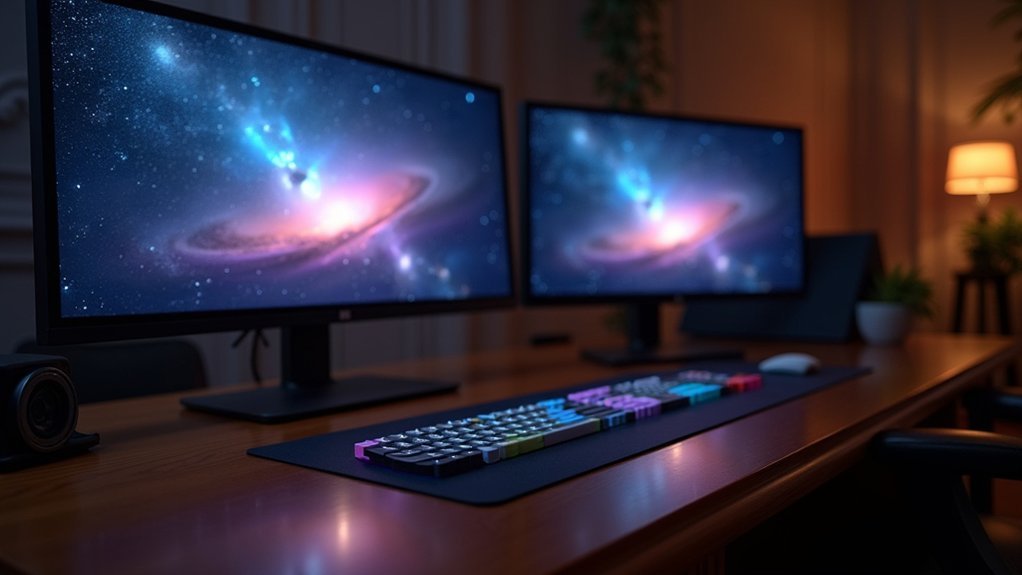
Because both Deep Sky Stacker and SIRIL handle 32-bit data differently, you’ll need to carefully consider format compatibility when moving files between these programs.
SIRIL uses a 32-bit floating point format natively, while DSS offers a 32-bit/ch rational save option.
When processing your calibration frames and stacked images, save your DSS files in a format SIRIL can properly interpret to avoid data loss during transfers.
The distinction between DSS’s 32-bit/ch rational format and SIRIL’s floating point format requires attention to maintain image integrity.
Avoid making unnecessary adjustments in DSS before moving to SIRIL for processing.
Also note that some external programs struggle with 32-bit floating point TIFF files, so choose your file type wisely when planning your processing workflow between these powerful stacking tools.
Converting Between Formats: Best Practices and Tools
When converting astrophotography files between stacking programs, you’ll need to maintain data integrity by using compatible formats like 32-bit TIFF.
You should establish a consistent workflow that prioritizes unprocessed RAW files as your source material whenever possible.
Tools that support lossless conversion will help you preserve the valuable dynamic range and bit depth that’s essential for effective deep sky image processing.
Format Conversion Workflow
Efficiently managing your file conversions represents a critical step in the deep sky stacking process, as improper format changes can permanently degrade image quality.
Always begin with RAW files when possible, as they contain the maximum data for processing. When you save your pictures from DSS to SIRIL, use 32-bit rational format to preserve all details during the transfer.
- Never convert JPEGs to TIFFs expecting to recover lost information—the compression damage is permanent
- Organize your files into separate folders (Lights, Darks, Flats, Offsets) before beginning any conversion process
- Use direct RAW-to-TIFF conversion for intermediate steps rather than going through multiple format changes
This disciplined workflow guarantees you maintain maximum image data throughout your processing pipeline.
Preventing Data Loss
To preserve every detail of your astronomical images, understanding proper format conversion is crucial. When working between Deep Sky Stacker and SIRIL, always save DSS files in 32-bit/ch rational format to maintain compatibility with SIRIL’s 32-bit floating point structure. This approach guarantees your file retains its full data integrity during processing.
Avoid using JPEG format for stacking operations—its lossy compression greatly degrades image quality. It’s always better to save your stacked images as TIFF files, which maintain higher bit depth and dynamic range.
Remember that converting previously processed JPEGs back to TIFF won’t recover lost data; the damage is permanent. By following these format conversion best practices, you’ll protect the valuable astronomical details you’ve worked so hard to capture.
How Camera Bit Depth Affects Your File Format Choice

Understanding your camera’s bit depth is essential before selecting file formats for deep sky stacking. Your camera’s native bit depth directly impacts the amount of data you can preserve through the stacking process.
For example, the Nikon D5300’s 14-bit depth captures more tonal variation than the ZWO ASI 224MC’s 12-bit, resulting in richer details in your final stacked image.
- Always enable maximum bit depth in your camera settings to guarantee your RAW files contain the most data possible.
- Choose output formats that match or exceed your camera bit depth—16-bit TIFFs are ideal for 14-bit camera data.
- Avoid 8-bit formats like JPEG when stacking RAW files, as they’ll discard precious detail your camera worked hard to capture.
Storage Considerations for Large Astrophotography Files
When you’re capturing the cosmos through deep sky imaging, storage requirements can quickly become astronomical. Your RAW files alone can consume hundreds of gigabytes, particularly when shooting multiple long-exposure sequences.
| Format | Avg. Size Per Image | Storage Needed for 100 Images |
|---|---|---|
| RAW | 25-50 MB | 2.5-5 GB |
| TIFF | 100-200 MB | 10-20 GB |
| FITS | 30-80 MB | 3-8 GB |
| JPEG | 3-10 MB | 300 MB-1 GB |
| DNG | 20-40 MB | 2-4 GB |
Consider external hard drives or cloud storage for your growing collection. You’ll need substantial storage space for processing files, while your final images can be compressed to JPEG for sharing online. Regularly purge poor-quality frames to optimize your workflow and free up valuable space.
Preserving Color Data Across Different File Formats
The quality of your final deep sky image hinges critically on how well your file formats preserve color data throughout the processing pipeline.
When stacking astronomical images, your choice of file format directly impacts color fidelity, dynamic range, and detail retention.
- Always start with RAW files from your camera, as they contain the maximum color information and uncompressed data essential for deep sky processing.
- Convert your stacked output to 32-bit floating point TIFF files, which preserve the high dynamic range necessary for revealing faint nebulosity and star detail.
- Never attempt to recover lost data by converting JPEGs to TIFF files—the compression damage is permanent.
Remember that your workflow should maintain the highest bit depth possible from acquisition through final processing to preserve the subtle color gradients that make astrophotography spectacular.
Optimal Export Settings for Post-Processing Software
Once you’ve preserved your color data through proper file format selection, you’ll need to configure best export settings for post-processing applications.
When exporting from Deep Sky Stacker, save your final stacked images as 16-bit TIFFs to maintain color depth and quality for software like Photoshop.
While DSS autosave creates 32-bit rational TIFFs by default, verify compatibility with your post-processing software before proceeding.
For maximum quality, always stack RAW files directly rather than converting them to TIFFs beforehand. RAW files retain substantially more data and dynamic range that you’ll want to preserve throughout your workflow.
Don’t convert JPEGs to TIFFs thinking you’ll recover lost information—the damage from JPEG compression is permanent.
Maintaining original file formats during the stacking process guarantees peak image quality and color accuracy.
Frequently Asked Questions
What File Format Does Deep Sky Stacker Use?
DeepSkyStacker primarily outputs stacked images in 32-bit TIFF format through its Autosave feature. You’ll find it also supports various RAW files from DSLRs, though it can handle JPEGs despite their quality limitations.
What Is the Best Software for Stacking Astro Images?
DeepSkyStacker is your best bet for stacking astro images, especially if you’re a beginner. It’s free, handles RAW files well, and offers multiple stacking methods. Many users pair it with Photoshop for final processing.
What File Format Is Astrophotography?
Astrophotography doesn’t have a single format. You’ll want to capture in RAW (NEF, CR2) for maximum data, process in TIFF for editing flexibility, and use JPEG only for final sharing with others.
What Is the Best File Format to Use for Files With Many Layers and Which Should Remain Fully Editable?
For files with many layers that need to remain fully editable, you’ll want to use 16-bit TIFF format. It supports high dynamic range and retains quality during editing, making it ideal for your complex projects.
In Summary
When choosing file formats for deep sky stacking, you’ll get the best results using RAW or FITS formats that preserve all your valuable data. Don’t compromise with JPEGs that discard critical information. Match your format to your camera’s bit depth, consider your storage capacity, and guarantee your workflow maintains color integrity. Remember, the format you select now directly impacts what you’ll be able to achieve in your final processed images.
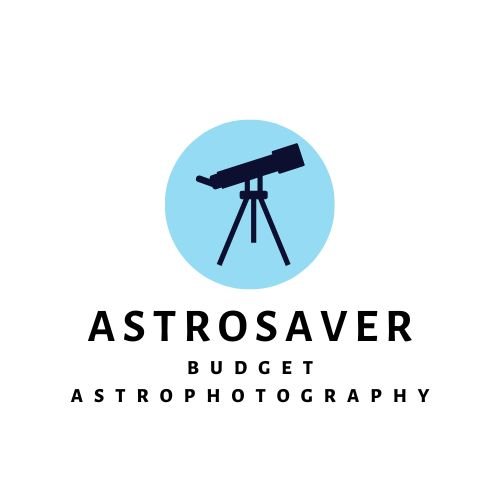
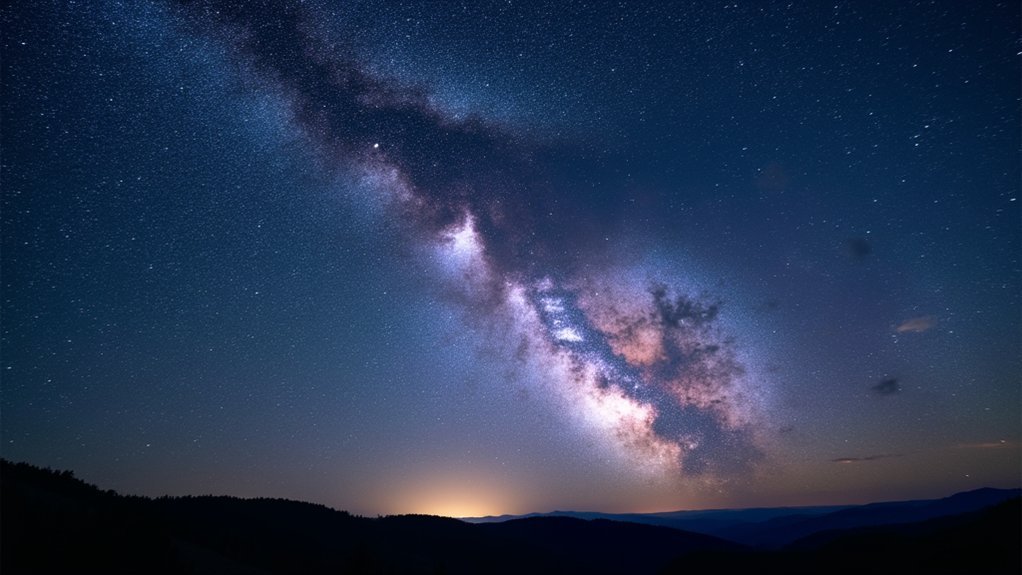
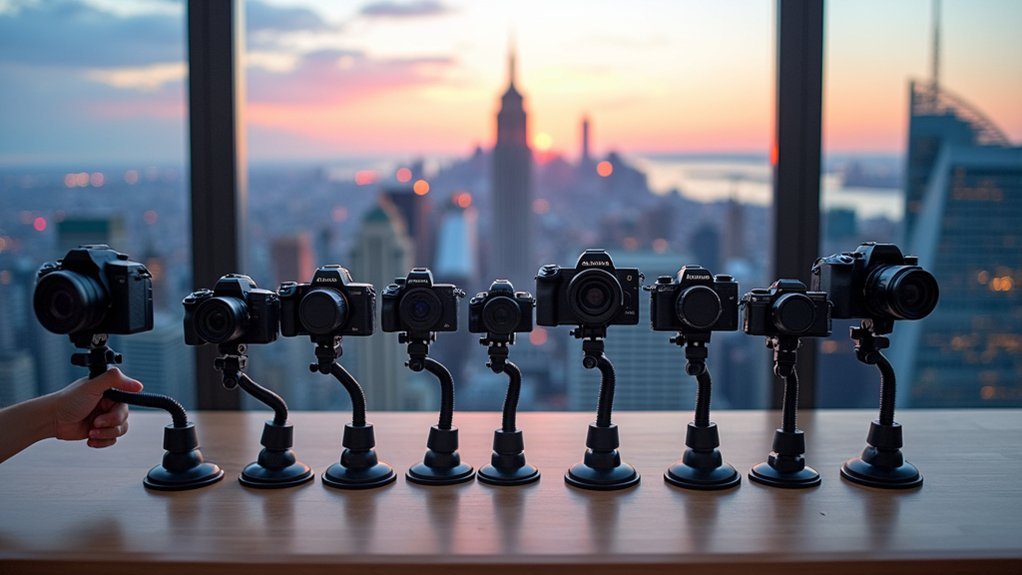
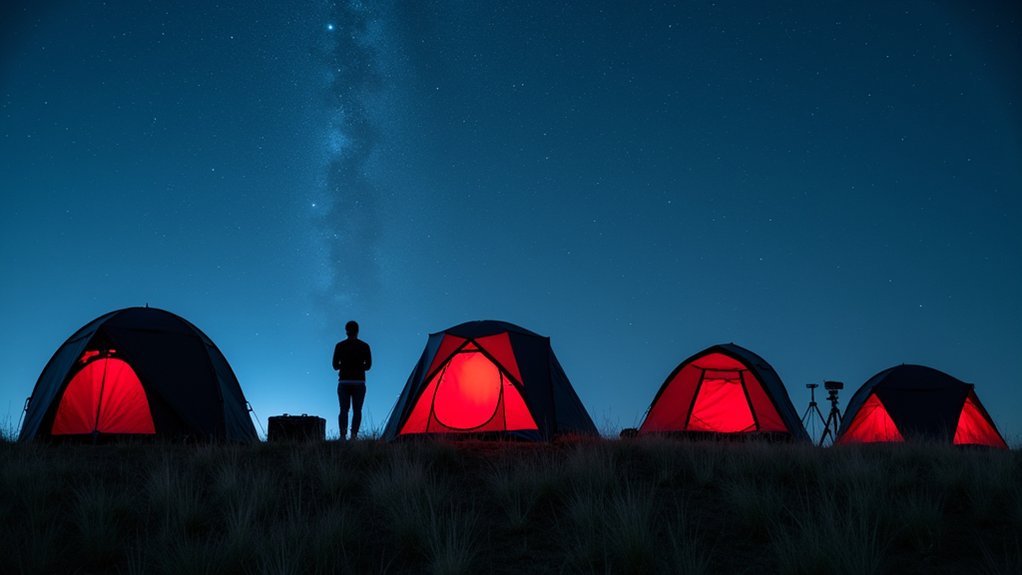
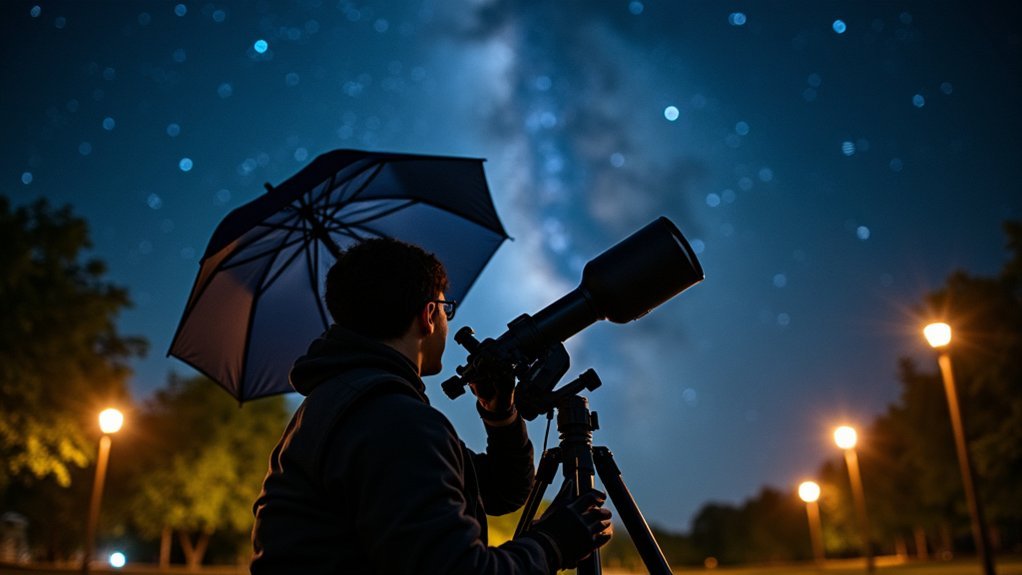
Leave a Reply